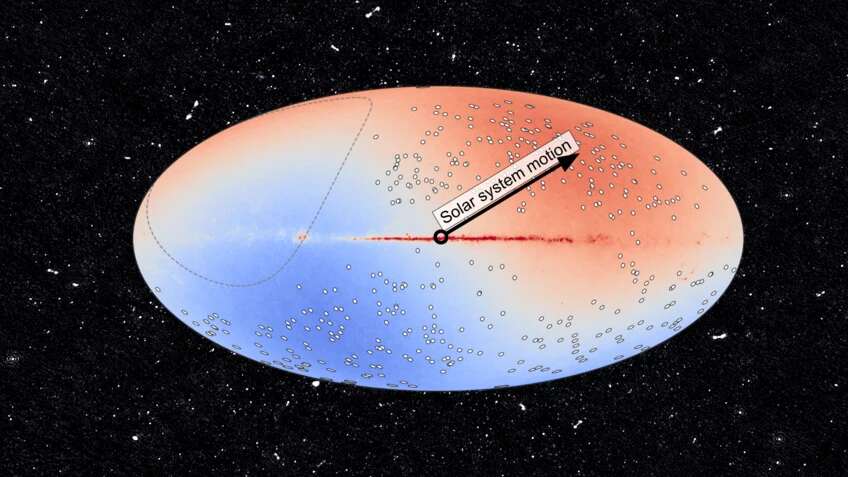THE LATEST
Astronomers make groundbreaking cosmological catalog with data from MeerKAT telescope

A group of international astronomers from the MeerKAT Absorption Line Survey (MALS) collaboration recently completed a groundbreaking project using the MeerKAT radio telescope. With its exceptional sensitivity and imaging fidelity, the telescope produced a catalog of radio sources from over 391 telescope pointings, making it the largest catalog from any MeerKAT survey to date. The researchers identified over one million sources, a significant achievement in radio astronomy.
MALS focused on depth rather than sky coverage, allowing it to detect many sources for the first time. The images and catalogs were analyzed and prepared for public release at the Max Planck Institute for Radio Astronomy (MPIfR) in Germany by Jonah Wagenveld, the lead author of the paper.
To produce deep images from the vast amounts of raw data, a complex processing pipeline and data storage facility were established at the Inter-University Centre for Astronomy and Astrophysics (IUCAA) in India. This extensive catalog allowed MALS to conduct a cosmological dipole measurement, which can be used to understand the structure of the universe. The findings suggest that the observed dipole effect might not be solely due to the motion velocity of the Solar system, but rather a genuine difference in the density of sources in different areas of the sky, contrary to current cosmological models.
This study showcases the remarkable sensitivity and accuracy of the MeerKAT radio telescope. The conclusion also underscores the precision of the sophisticated processing pipeline and data storage facility at IUCAA in India, highlighting their significance in deriving accurate and insightful results from large and complex data sets.
The milestone measurement sets the stage for future large-scale radio surveys and accuracy measurements. It allows for more effective observations of galaxy structures, contributing to a better understanding of the universe and our place in it. These findings demonstrate significant advancements in cosmology achievable through advanced technologies and techniques, as demonstrated in this study by MALS.
